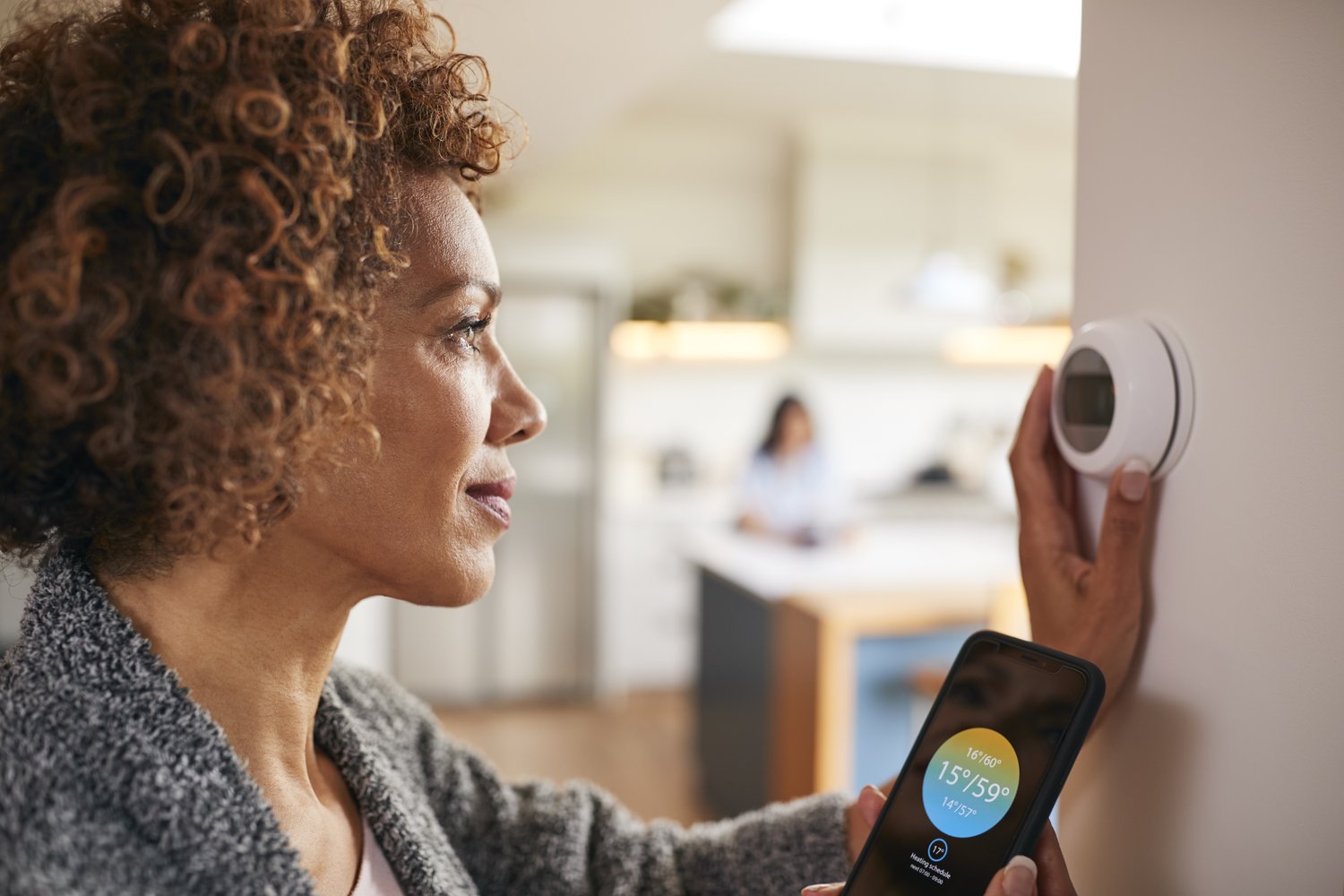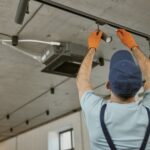In today’s evolving world of home security, smart locks offer a seamless blend of convenience and safety. However, when they’re not functioning optimally due to battery issues, your peace of mind can quickly turn into frustration. Ensuring your smart lock operates smoothly around the clock is crucial for maintaining your home’s security and your sanity.
- Uncover common battery-related challenges of smart locks that may affect your home’s safety.
- Discover effective troubleshooting techniques to address persistent battery drain in smart locks.
- Learn preventative measures to enhance battery longevity and boost your smart lock’s reliability.
Delving into these insights will equip you with straightforward solutions to safeguard your smart lock’s performance, ensuring your home remains a secure and stress-free haven.
Understanding Common Smart Lock Battery Issues and Their Impact
Smart locks, a staple in modern home security systems, are known for their convenience and advanced functionality. However, they also come with common battery-related problems that can undermine their effectiveness. One such issue is the short battery life, which often frustrates many users.
Unexpected battery depletion can leave homeowners locked out or compromise the security of their property. These scenarios often arise due to high battery consumption caused by frequent use or specific smart lock settings.
The impact of these battery issues is significant. Performance issues like lagging response times or connection failures can occur, directly affecting the smart lock’s reliability. When a smart lock loses power suddenly, it can either remain locked or, even more critically, become unlocked, posing a security risk.
As smart home devices grow in popularity, understanding and addressing these battery-related challenges becomes essential for homeowners. Ensuring efficient smart lock battery performance is crucial for the safety and convenience of any residence.
Troubleshooting Techniques for Persistent Battery Drain
Dealing with persistent battery drain in smart locks can feel daunting, but several troubleshooting techniques can help resolve this issue effectively.
Start by examining your device settings. Adjusting settings like the auto-lock feature or disabling continuous connectivity can significantly reduce power consumption.
Check for software updates regularly. Manufacturers often release updates that enhance performance or address battery drain bugs.
Assess the installation environment. Poor signal reception or extreme weather conditions can affect battery life. Ensuring your smart lock is within optimal conditions helps maintain its efficiency.
If your smart lock system connects to multiple wireless devices, consider reducing the number of actively connected devices. This can alleviate strain on the battery and improve its lifespan.
Employing these step-by-step strategies ensures that your smart lock remains reliable and secure, without the hassle of frequent battery replacements.
Preventative Measures to Avoid Recurring Smart Lock Battery Issues
Maintaining optimal battery efficiency in smart locks is crucial for ensuring reliable performance and enhancing the security of your home. By adopting practical preventative measures, you can significantly reduce the likelihood of recurring battery problems and extend the longevity of your smart lock system.
Choose the Right Batteries
Selecting high-quality, reliable batteries specifically designed for electronic devices can make a considerable difference in performance. Opt for reputable brands known for long-lasting battery life, and consider using lithium batteries, which generally offer better performance in smart devices.
Monitor Usage Patterns
Be attentive to how frequently your smart lock is used. Frequent usage can lead to faster battery depletion. If high usage is unavoidable, consider upgrading to a model with more advanced battery technology that supports larger power reserves.
Regularly Update Firmware
Smart lock manufacturers often release firmware updates to improve system efficiency and address battery depletion issues. Ensure your device is updated to the latest software version to benefit from these enhancements.
Minimize Remote Connectivity
Features like Wi-Fi and Bluetooth connectivity, although convenient, can contribute to higher power consumption. Disable these features when not needed, or configure the device to use energy-saving modes.
Implement Scheduled Maintenance
Regularly check and clean the battery contacts to prevent corrosion, which can impair performance. Conduct routine inspections to ensure everything functions optimally and replace the batteries upon reaching the threshold level indicated by the manufacturer.
By incorporating these preventative strategies, you can maintain your smart lock’s battery life, ensuring seamless operation and unwavering security.
Frequently Asked Questions about Smart Lock Batteries
Why does my smart lock battery drain quickly?
Answer: Frequent use, high power settings, and connectivity issues can rapidly deplete the battery.
How often should I replace my smart lock batteries?
Answer: Replace batteries every 6-12 months, or as indicated by the low battery alert on your device.
What can I do to extend the battery life of my smart lock?
Answer: Optimize settings, disable unused features, and ensure proper installation to conserve energy.
Are rechargeable batteries suitable for smart locks?
Answer: Yes, but ensure they have a high mAh rating to match the performance of alkaline batteries.
Can extreme temperatures affect smart lock battery life?
Answer: Yes, extreme cold or heat can reduce battery efficiency and life.
What should I do if my smart lock stops working due to battery issues?
Answer: Replace the batteries, check for proper installation, and ensure battery contacts are clean and unobstructed.





